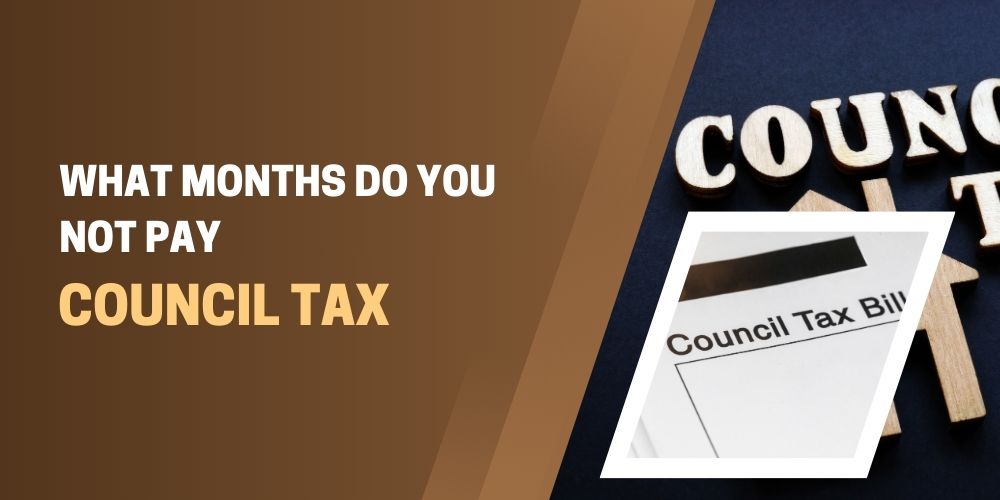Whether it’s expanding criminal justice reforms to include expungement or reining in solitary confinement, many Americans are interested in moving toward equality and equity. But disagreements about how to achieve those goals abound.
One of the most intense disputes centers on critical race theory (CRT). Critics claim it rejects fundamental constitutional law principles and cynically casts aside freedoms like free speech to further its agenda.
Critical Race Theory Defined
People often discuss critical race theory, with debates in school board meetings and political campaigns. But many of those using the term have yet to learn what it means. The word has become a bogeyman, used to incite fear and misinform parents and voters. Several states have passed laws that ban discussions or training on CRT.
It’s essential to understand what critical race theory is and its origins. It is a broad social-justice movement that focuses on the intersection of race and power in American life. Its adherents believe racial justice cannot be achieved without addressing economic injustice, inequality, and history.
It has roots in a field of academic scholarship called critical theory, which believes that laws and institutions are inherently biased because they are based on the interests and power of privileged groups rather than the rights and freedoms guaranteed by our Constitution. It also grew out of a tradition of legal scholarship called critical legal studies, which examines how laws are made and applied in our society.
Advocates of critical race theory often use the term to smear those who disagree with it. They characterize their opponents’ views as racist and claim they are trying to destroy America. This has resulted in censorship and silencing of opposing viewpoints, as we’ve seen on college campuses.
Connection Between Critical Race Theory and Criminal Justice Reform
The rise of CRT is linked to a national discussion about how racism continues to shape society, despite the end of Jim Crow and desegregation. It is a response to the failure of civil rights laws to remedy historical injustices and to address ongoing inequalities like police brutality, housing discrimination, and the disproportionate incarceration of black men.
It is essential to understand that critics of CRT are not attacking the theory itself but rather how it is used. When someone uses the term “critical race theory,” it is often a code word for attacks on diversity and inclusion programs, race-conscious policies, and educational discussions about the relationship between race and justice. These efforts are not “political correctness,” as the phrase has been twisted to suggest, but an effort to bring truthful conversations about the country’s racist history to students in public schools.
Some people want to outlaw any discussion of the role that racism plays in American history, as well as current issues such as racial disparities in policing, education, and housing. This is a dangerous trend that should be stopped. Making it illegal to discuss the impact of racism in our classrooms will only stifle critical thinking and create an environment in which students are not taught about their country’s past or its struggles toward equality.
Implications of Critical Race Theory for Criminal Justice Reform
At one time, the term “critical race theory” might have elicited a quizzical look and shrug from most Americans. But today, the once obscure academic concept is nearly inescapable—on the lips of politicians, TV news hosts, school board officials, and social media users across America. Some states have even passed laws banning teaching what critics call “divisive concepts,” including white privilege, intersectionality, and unconscious bias systemic racism.
These laws are an apparent attempt to silence conversations about how racial bias in law enforcement can be reduced. Research shows that a key to reducing these biases is sustained community engagement between police departments and the communities they serve. This type of interaction can also reduce mistrust and increase cooperation.
Unfortunately, the rhetoric surrounding these debates about critical race theory confuses many people. Some view CRT as a bleak perspective that views America as irredeemable and incapable of overcoming its undeniable legacy of slavery and segregation. This is not an accurate representation of the theory, which draws on scholarship in legal studies to reveal how racial disparities are pervasive throughout all sectors of our society.
It is essential to understand that the goal of CRT is not to demonize individuals or deny the existence of biases. The goal is to uncover the root causes of racial inequality and work toward justice for all. This includes criminal justice reform, which must address the policies and practices that lead to disproportionately harmful outcomes for Black people at every level of interaction with law enforcement—from initial contact to arrest, bail, plea, conviction, sentencing, and incarceration.
Impact of Critical Race Theory on Criminal Justice Reform
Critical race theory (CRT) might have elicited a quizzical look or at least a shrug from most Americans this time last year. But today, the academic concept is virtually inescapable, cited by politicians, TV news hosts, public school officials, and social media users nationwide. It is also the subject of legislation and other measures in nine states.
The CRT movement emerged in the 1970s and ’80s from a field of scholarship called critical legal studies (CLS). Like CLS, it is an approach to law that posits that laws are inherently biased because they were created to serve the self-interest and enhance the power of a privileged few.
One of the key ideas behind CRT is that racial bias is baked into U.S. laws and institutions, leading to unjust criminal justice outcomes for black people.
Some scholars who promote CRT have used the theory to deconstruct landmark civil rights decisions and argue that they were based on opportunism rather than principle.



